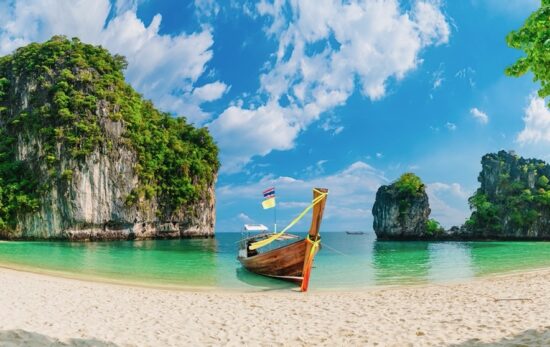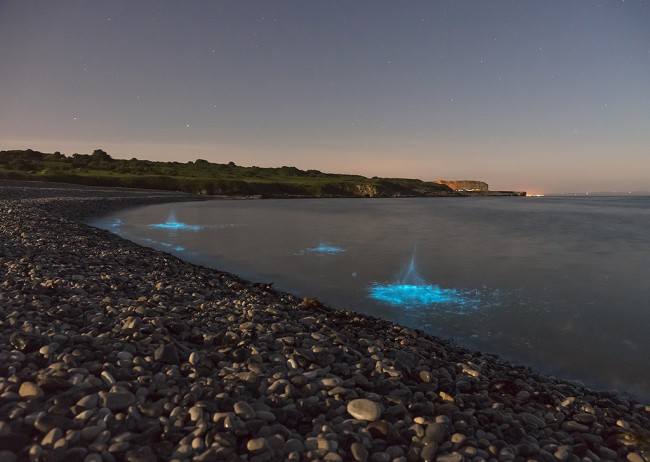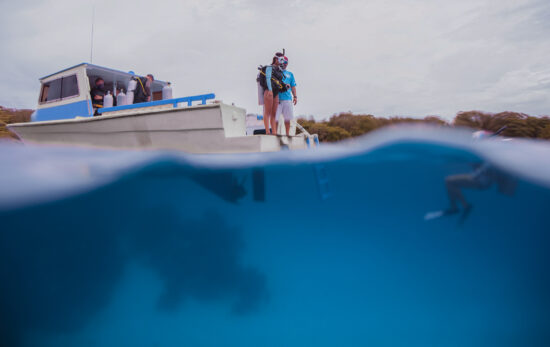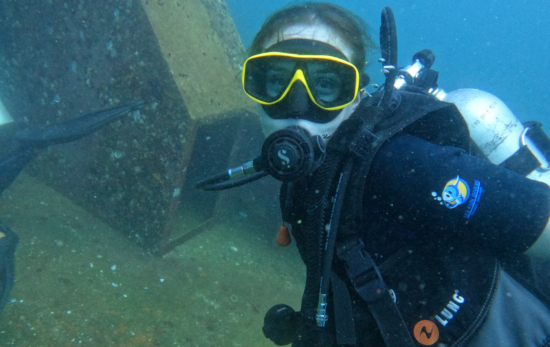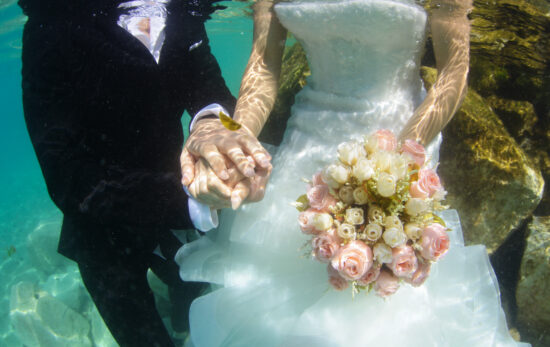What are the benefits of diving with Nitrox or Enriched Air Nitrox (EANx) and is it really needed? Nitrox is basically air which contains a higher percentage of oxygen than regular air. Regular air contains 21% oxygen whereas the most commonly used Nitrox fills include 32% oxygen. It’s not the increased oxygen that gives you the benefits though, it’s the fact that by increasing the oxygen percentage you lower the nitrogen percentage which is what determines your allowable bottom time and the time needed between dives (surface interval length).
When diving in the Gili Islands, it’s absolutely possible to dive with regular air, but having a Nitrox certification will give you some benefits, and some of those are even more applicable at certain dive sites.
The main benefits of diving with Nitrox are that it will allow you to increase your bottom time, especially at depth (which means longer dives and longer at deeper), and it can also reduce your surface interval time making it possible to make more dives in one day.
Here are 5 Gili Dive Sites where diving with Nitrox will give you worthwhile benefits underwater. Also remember, you’ll possibly be able to make an extra dive in each day. This is especially worthwhile if you are only visiting for a short trip.
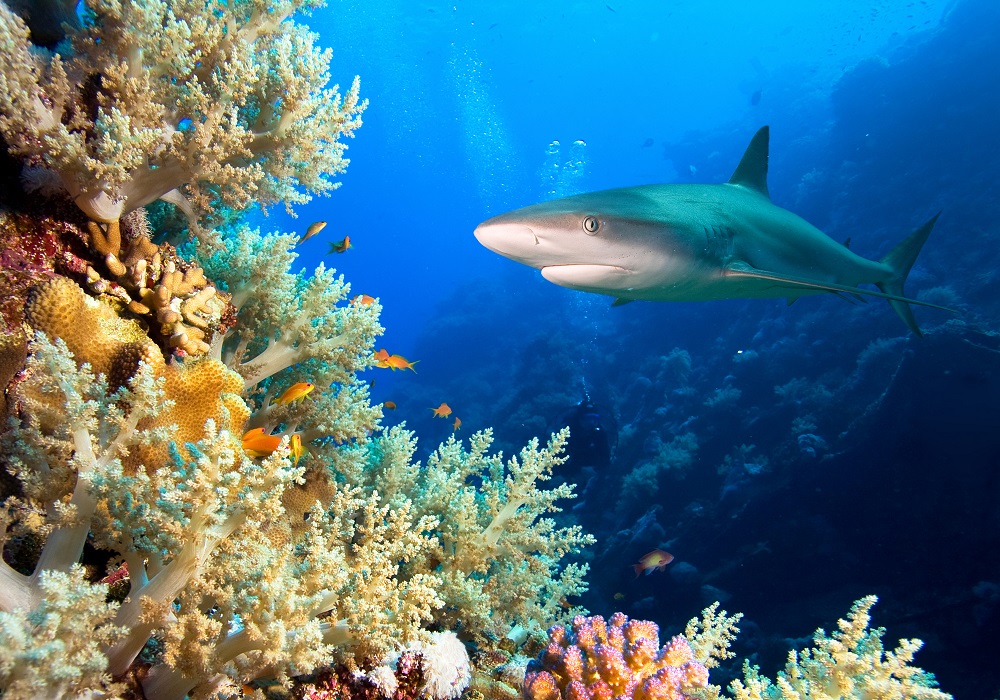
Manta Point
Manta Point is a gentle, sloping reef off the south coast of Gili Trawangan. The shallow waters are predominantly a mix of fire coral, hydroids, and coral rubble is good for spotting swimming moray eels, cowfish, and anemone fish nestled in their hosts. Despite the name, manta rays are not seen here with regularity although they are known to pass through on occasions. Shark sightings, however, are much more reliable and schools of yellow snapper are often in the area too. If sharks are on your bucket list then having a Nitrox certification and a longer dive will increase your chances of a sighting.
Shark Point
Situated off the west coast of Gili Trawangan Shark Point is arguably one of Gili’s best dive sites due to the variety of species that can be seen in one single dive. The reef plays host to critter life, sharks, turtles, and schooling fish. From 12 meters the reef slopes down with a series of canyons to a maximum depth of around 40 meters – the ideal depth to dive is 20 – 25 meters for a good chance of shark sightings – and this is where diving with Nitrox really makes a difference, you have longer to explore at this depth. The reef offers a good range of sponges, boulder corals adorned with feather stars and rocky formations which provide interesting topographical features and form sheltered areas for hiding turtles, octopus, moray eels, ribbon eels, and leaf scorpion fish.
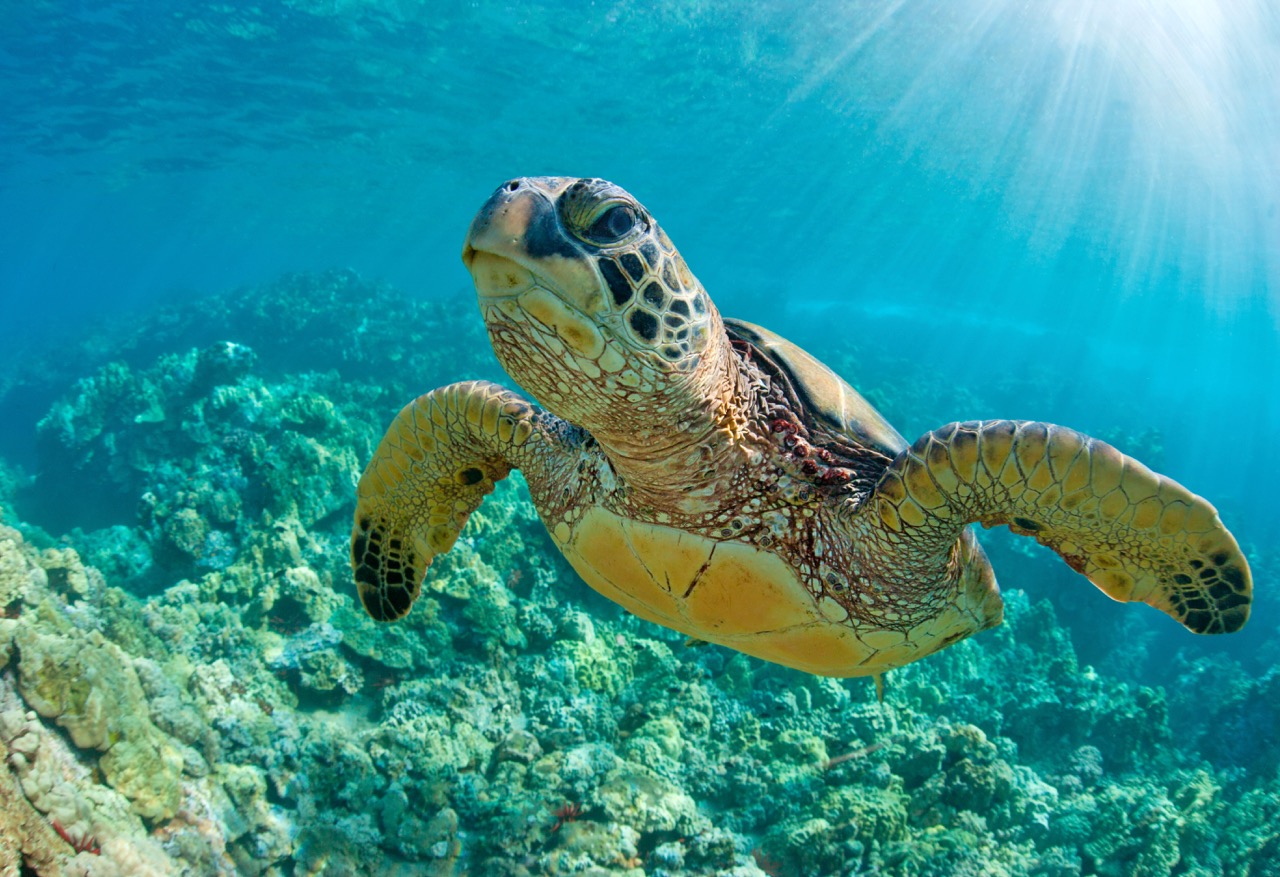
Gili Meno Wall
Gili Meno Wall is off the west coast of Gili Meno and offers a steep sloping reef and wall which is excellent for turtle sightings. The wall is in two sections and in between the two parts both green and hawksbill turtles are frequently spotted. During daylight hours the wall boasts lionfish and a range of moray eel species that make the most of the crevices and shady areas; when dived at night the critter life includes a variety of crustaceans, shrimps and lobsters. If you want longer to explore, or longer to capture images of turtles, then Nitrox will really pay off here.
Deep Turbo
Located between the islands of Gili Trawangan and Gili Meno, Deep Turbo is a sea mount dive that offers a stunning coral garden that is bursting with colour and teeming with fish life. Divers can expect to see moray eels, cleaner shrimps, Moorish idols, sweetlips and scorpionfish.
As you venture deeper there are canyons that are great for spotting black and white tip reef sharks. If you are hoping to see sharks then diving with Nitrox will increase your bottom time and your chances of a sighting.
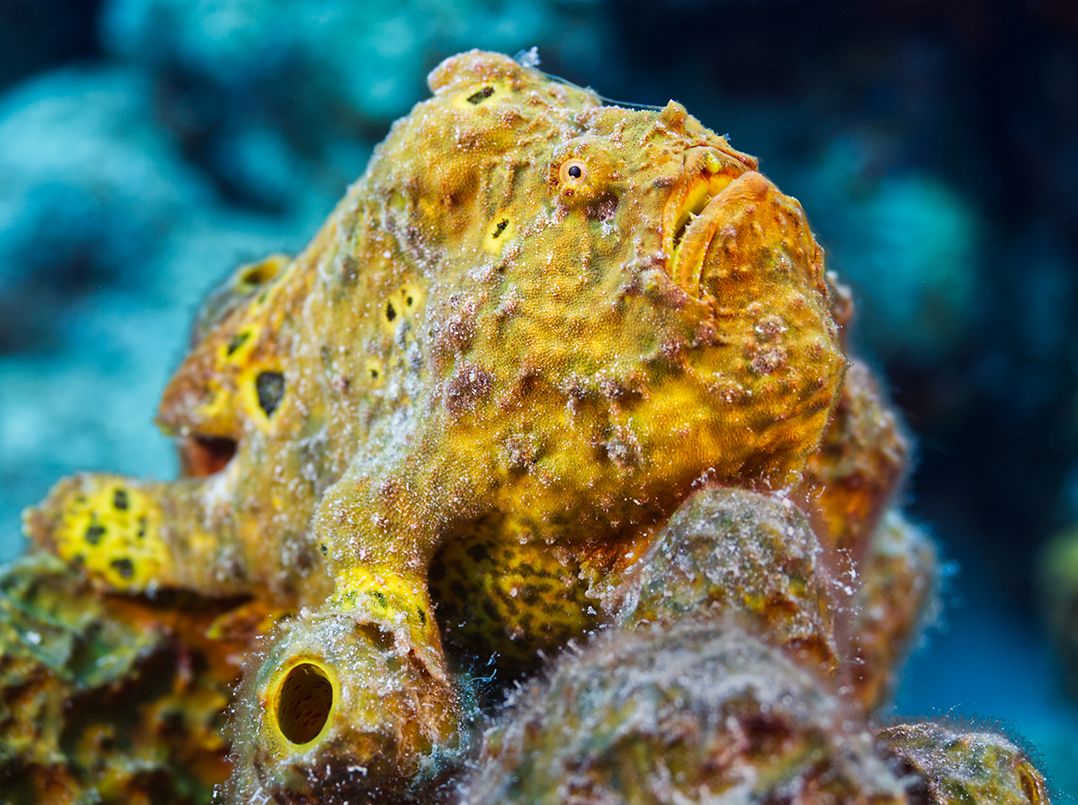
Hann’s Reef
Muck diving, critter lovers, and macro underwater photographers will LOVE this site. It’s one where you never want to come up – there’s just always more to see. And for photographers, there’s always one more shot to take. It’s easy to see why having a Nitrox certification for diving here and increasing your dive time is a major benefit.
Some of the critter highlights you can see here include giant frogfish, warty frogfish, peacock mantis shrimps, cleaner shrimps, cephalopods of all kinds, leaf fish and a plethora of interesting and unique crustaceans.
If you are ready to book your next scuba diving adventure to the Gili Islands in Indonesia, check out Gili dive centres and resorts on PADI Travel!

